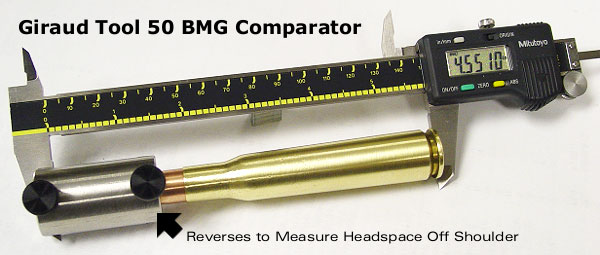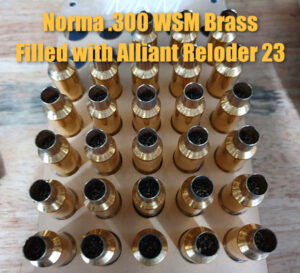September 11, 2022 Sunday GunDay: Big Boomers — Shooting Legendary.50 BMGFans Heavy Artillery Should visit Fifty Caliber Shooters Association’s (FCSA) website. You’ll find range maps and photo collections, as well as animated slide-shows. The FCSA photo gallery page has a map. To see images from the venue, click on any gray range link. A series of articles are also available that cover FCSA competition and the “care & feeding” of big 50-caliber rifles. Today’s Sunday GunDay feature will give you a brief history of the legendary FMG cartridge and some photos from FCSA matches across the Western USA. About the.50 BMG cartridge The.50 Browning Machine Gun (.50 BMG), also known as 12.7x99mm NATO, or 50 Browning, is a cartridge that was developed for the Browning machine gun,.50 caliber, in the late 1910s. It entered official service in 1921. It is a standard cartridge that can be used by NATO forces and many non-NATO countries. John Browning developed this round in World War I to meet a need for anti-aircraft weapons. It was based on a modified.30-06 Springfield design. It was used in a machine gun that was based on a M1919/M1917 design Browning had originally created in 1900. According to the American Rifleman, the Browning.50 was developed during the Great War. The marginal French 11 mm design influenced American interest in an armor-piercing rifle. This led to U.S. Army Ordnance Officers to consult Browning. They needed a heavy projectile with 2700 FPS but the ammunition was not available. Browning thought about the situation and, according his son John, said, “Well, the cartridge sounds pretty good for starting.” We’ll shoot some shots if you make some cartridges. “Are you a died-in-the-wool .50 BMG fan? Are you a fan of heavy artillery? Visit the FCSA Photo Gallery page. There are hundreds of photos from Fifty Caliber Shooting Association matches and 50 Cal fun shoots across eleven states, plus Australia, Switzerland and the United Kingdom. Click on the colored buttons to access the Gallery Page. 2015-04. Photo sets go back to 2002 so you can see how the hardware has changed over time. You can sample multiple archives to see the variations in terrain between different ranges, from Raton’s alpine setting up to the hot and dry Nevada desert. This Gallery is a treasure trove of.50-Cal history. Here are some examples.
Reloading Powder and Special Tool for.50 BMGAlliant’s Powder for 50-Caliber Applications
Alliant introduced Reloder 50 in 2009, a slow-burning powder that is primarily intended for long-range,.50 caliber rifle shooters. Alliant claims that the burn rate is a little slower than Winchester-860. The powder is consistent from lot to lot. The 50 BMG and similar cases have optimized load density. Like Reloder 17, Reloder 50 employs a process which penetrates the kernels with the burn-rate-controlling chemical. This will allow for a flatter pressure curve and more velocity than conventional powders. Alliant claims that Reloder 50 has “superior velocity” and the ability to burn cleaner with less residue. Reloder 50 is available in 1-lb (#150527) and eight-lb (8#150528) sizes. Lyman and Forster.50 BMG Trimmers
Big Fifty fans wanted a dedicated.50 BMG Case Trimmer. Lyman and Forster created.50 Cal trimmers for this cartridge. The Forster’s.50 BMG Case Trimmer’s cutter tip is sharper than that of the Lyman 50 Cal AccuTrimmer. The Forster tool is more expensive, however, as the Forster.50BMG trimmer costs $95.53 at Midsouth, whereas the Lyman.50BMG trimmer costs $75.09 at Midsouth. The Forster is a better choice than the Lyman.50 BMG trimmer, which has a sharper cutter head. We also prefer the Forster’s collet-style holder. Bottom line: The Forster does the job faster and with less effort.
Giraud Tool offers a comparator for 50-Cal cartridges. The double-ended comparator can be used in many ways. You can measure the base-to-ogive bullet distance and also measure the cartridge OAL (from bullet ogive to rim) in one orientation. You can also use the comparator to measure cartridge space when you reverse the orientation. The Giraud.50 BMG Comparator gauge, $33.00, is made of 303 stainless. It can be used with any vernier, dial, digital caliper, or combination thereof. Click HERE for more information.
Similar Posts

















